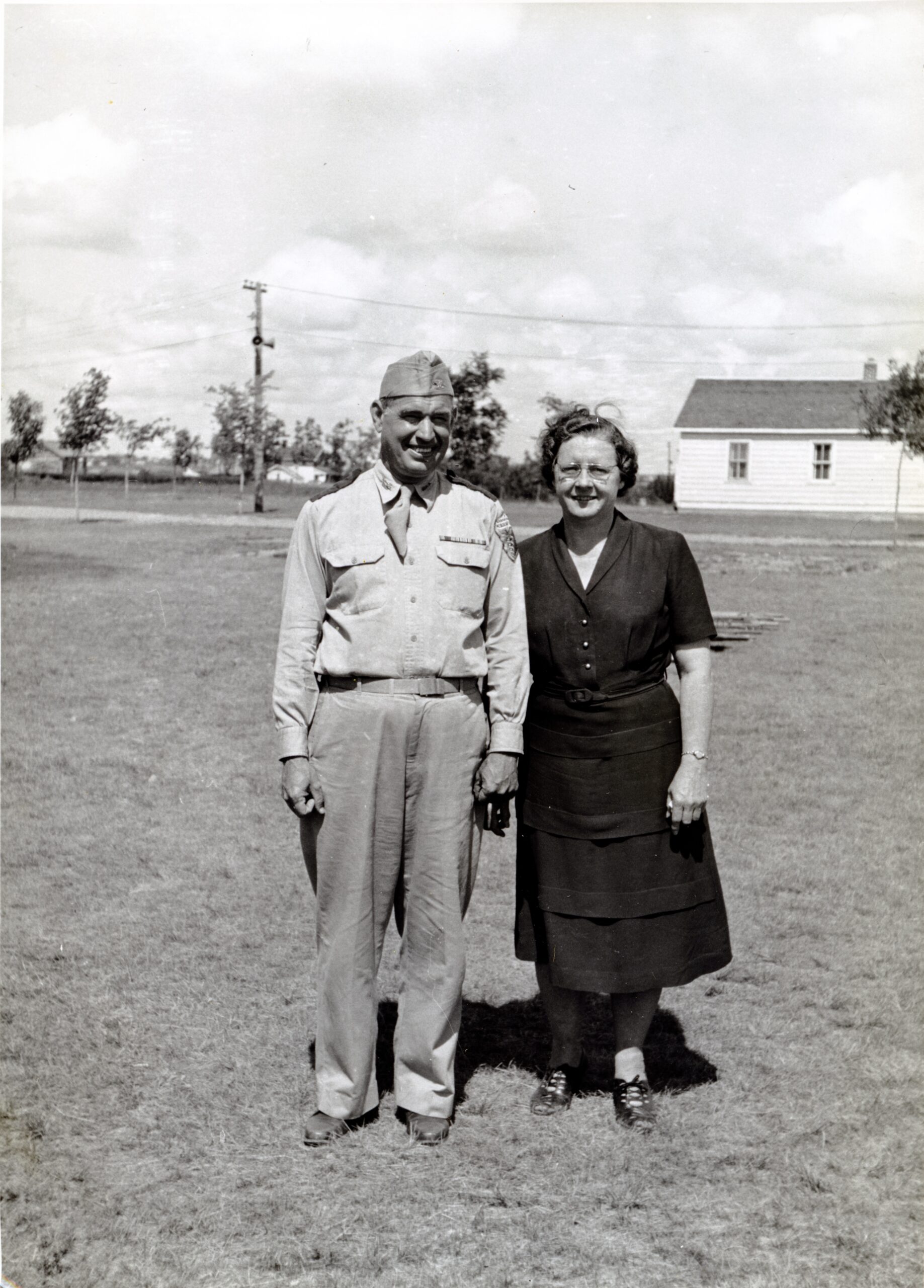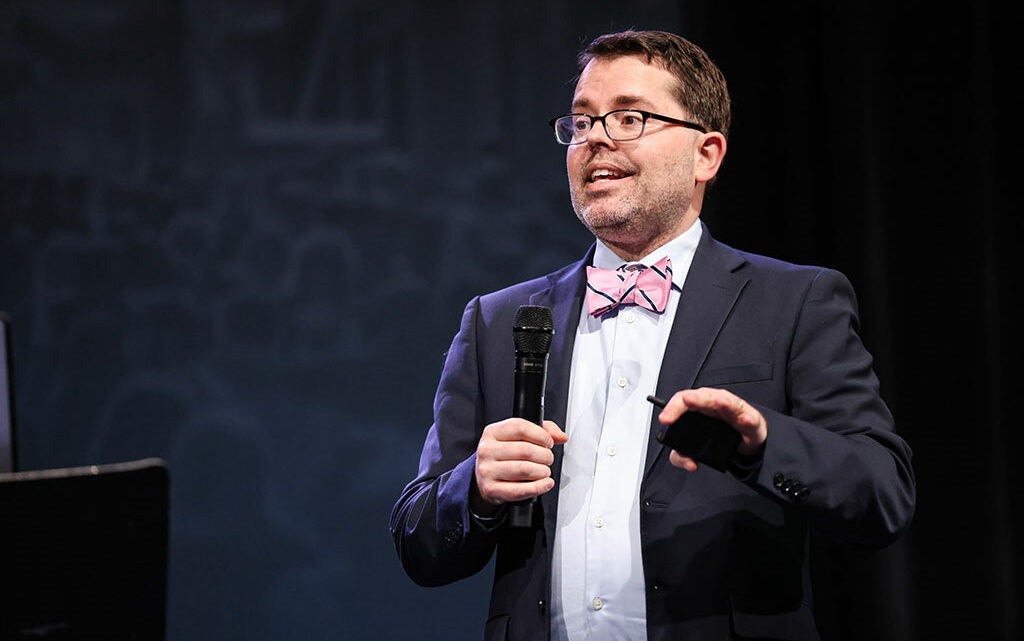Did you know that in 2023 that 11% of Millennials (those born between 1981 and 1996) moved? This is half as many as a decade ago. But where they are moving and why is quite interesting:
16% are looking for new or better housing, 13% obtained a new job, and 11% are trying to establish their own household (as opposed to living with their parents).
Interestingly, they tend to be leaving large metropolitan areas: New York City (-56%), San Jose, California (-51%), and Los Angeles, California (-40%).
They are tending to move to areas with a decrease in the cost of living such as Montana (+95%), Maine (+54%) and warm areas like Tampa, Florida (+95%). This is good news for those living in the Mid-America Union with some especially attractive areas and lower cost of living compared to other parts of the country.
For church leaders in Mid-America, this trend is an opportunity to attract Millennials to your community. Furthermore, people who move are more open to finding a new church home. Let’s also take a look at other metrics driving change with regard to religion that might impact your church.
Fertility Rates and Unaffiliation
Most researchers agree that on average a fertility rate of 2.1 children per woman is needed to sustain a population. In decades past statisticians worried about a global population explosion. Those days are gone.
Today nearly all countries around the world have seen a steep fall in fertility rates.
Philip Jenkins argues in his book Fertility and Faith that low fertility rates compel major religions to develop new approaches to sexuality, gender and family. He furthermore argues that declining birth rates have a significant correlation with increased secularization. As families have fewer children, there is a corresponding increase in affluence and social mobility.
Many researchers have noted the rise of the “nones” or those who no longer affiliate with any form of organized religion.
Currently in the United States 28% of adults see themselves as religiously unaffiliated.
While it is significant that in essence the same number of people attend religious services, it has now become more acceptable to no longer identify with a particular denomination. This does not mean people are becoming less religious, but rather, there is a greater distrust of organized religion.
The Religious Landscape
As the American religious landscape becomes more diverse than ever, there are a greater variety of options. The 2020 American Religious Landscape Survey offers some insight: four in 10 Americans (44%) identify as white Christian, including white evangelical Protestants (14%), white Catholics (12%), and small percentages who identify as Latter-day Saint (Mormon), Jehovah’s Witness, and Orthodox Christian. Christians of color include Hispanic Catholics (8%), Black Protestants (7%), Hispanic Protestants (4%) and small but growing percentages of Jewish, Muslim, Buddhist, Hindu and other world religions.
What this means for those who want to conduct outreach is that the wide range of religious backgrounds means those who give Bible studies—or attempt to do outreach in any form—should be more prepared than ever for a very wide range of religious backgrounds. It also means there is a general decline of white Christians, even as the number of unaffiliated (“nones”) has somewhat stabilized.
This breakdown also shows a wider range of diversity among younger age groups. Or, to put it another way, the proportion of white Christians increases proportionately with age. For those in the 30-49 age range, 41% are white Christian, while that increases to 50% for those ages 50-64. Among Americans over the age of 65 that number is 59%. As already pointed out, the decline is offset by the proportionate increase of those religious unaffiliated the younger a person is in each group. To put it another way, 36% identify as religiously unaffiliated, but that number drops to 25% for those age 30-49, and 18% among those age 50-64, and only 14% for those age 65 or older.
Clearly, those who are younger are finding it more difficult to identify with organized religion. This should give church leaders pause to think of ways they can attract and retain young people in churches.
Making Religion Attractive
New research from the Institute of Church Ministry at Andrews University showcases trends about those who choose to join the Seventh-day Adventist Church across our division. Of the respondents, 45% named a religion they identified with; 28% reported being raised Adventist; and 27% said they identified as having no religion.
Of those who joined the Adventist denomination, in the first ranking 21% identified as being raised an Adventist; 12% cited the influence of relatives other than parents; 12% the influence of friends; 12% evangelistic campaign; 9% personal Bible study, and 5% stated Pathfinders or a youth group.
What this indicates is that there is no one way to reach people with the Adventist message, and one can—and should—cast the net widely because people respond in different ways. One notable feature is that the most effective means, overall, is somehow connected to relational ways of building friendships.
Furthermore, research shows that people value in-person worship services but also appreciate the opportunity to stay connected remotely and online.
Church members expect the opportunity to be able to connect with their congregations both in-person and online. The concept of hybrid options is imperative and is here to stay.
Surprisingly, during the recent COVID-19 pandemic, larger churches grew more than smaller churches across a wide range of denominations. This may reflect the fact that larger churches were able to pivot more quickly to a digital environment. However, smaller churches do have a unique opportunity, if they are willing to utilize it, to highlight and cultivate personal relationships. Larger churches are just as capable of doing this through small groups.
Also of note is that religion surveys about Adventist beliefs showcase less theological alignment.
What this means is that local church leaders need to be intentional to help educate members, and especially young people, about Adventist beliefs. This does not mean hammering people over the head with a legalistic approach, which typically does not achieve the desired outcome. As Bailey Gillespie, who was a key leader in the ValueGenesis survey shared when I was lead pastor of the Wichita South Church, points out that retention tends to revolve in thirds around healthy churches, schools and homes. When all three are vibrant, retention rates hovers around 90%; when any two are healthy that rate is about 60%; and finally, if only one is healthy, the retention rate is merely 30%. In other words,
the best retention results among young people means cultivating healthy churches, schools and homes.
Final Thought
We live in a constantly changing world. We see demographics shifting as people search for new jobs, homes and points of connection. Whenever people move, they may be searching for a new church home. For those who want the latest profile, I encourage checking out religious demographics easily available, thanks to the U.S. Religion Survey. Trends in your county are available for free for every county in the United States.
Let’s seek every opportunity to share God’s love with a world who needs to hear the gospel, and in the most winsome way possible share the beautiful invitation to come to know Jesus and be ready for His soon return.
Michael Campbell is an author, scholar, and researcher who specializes in helping people understand the practical and spiritual implications of relevant data. This article is adapted from Campbell’s presentation at the NAD 2024 eHuddle event.









